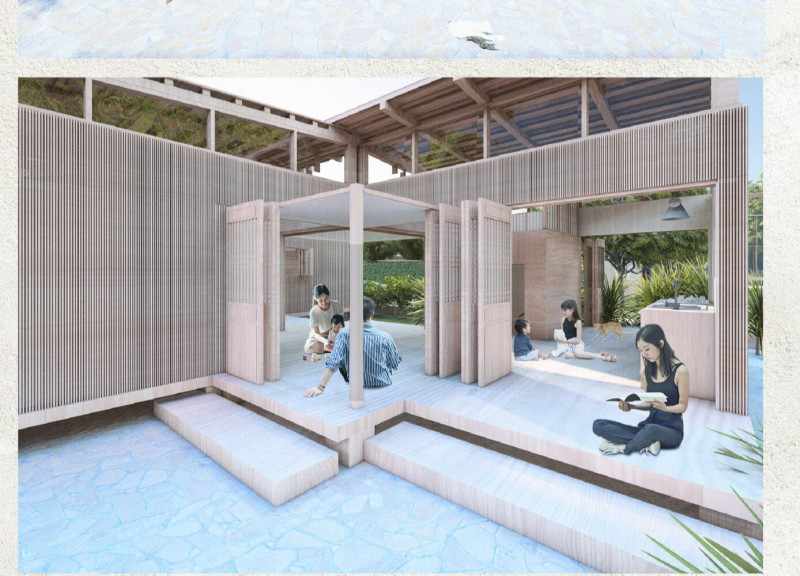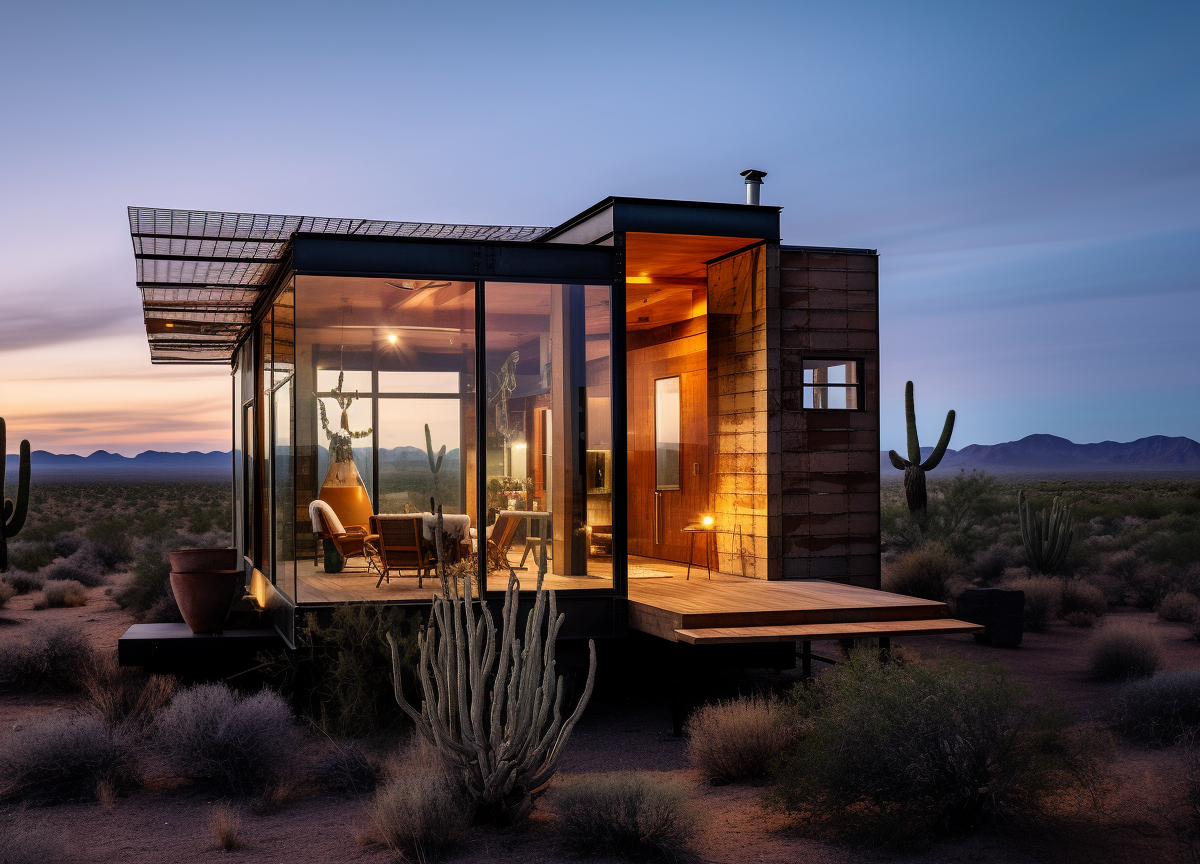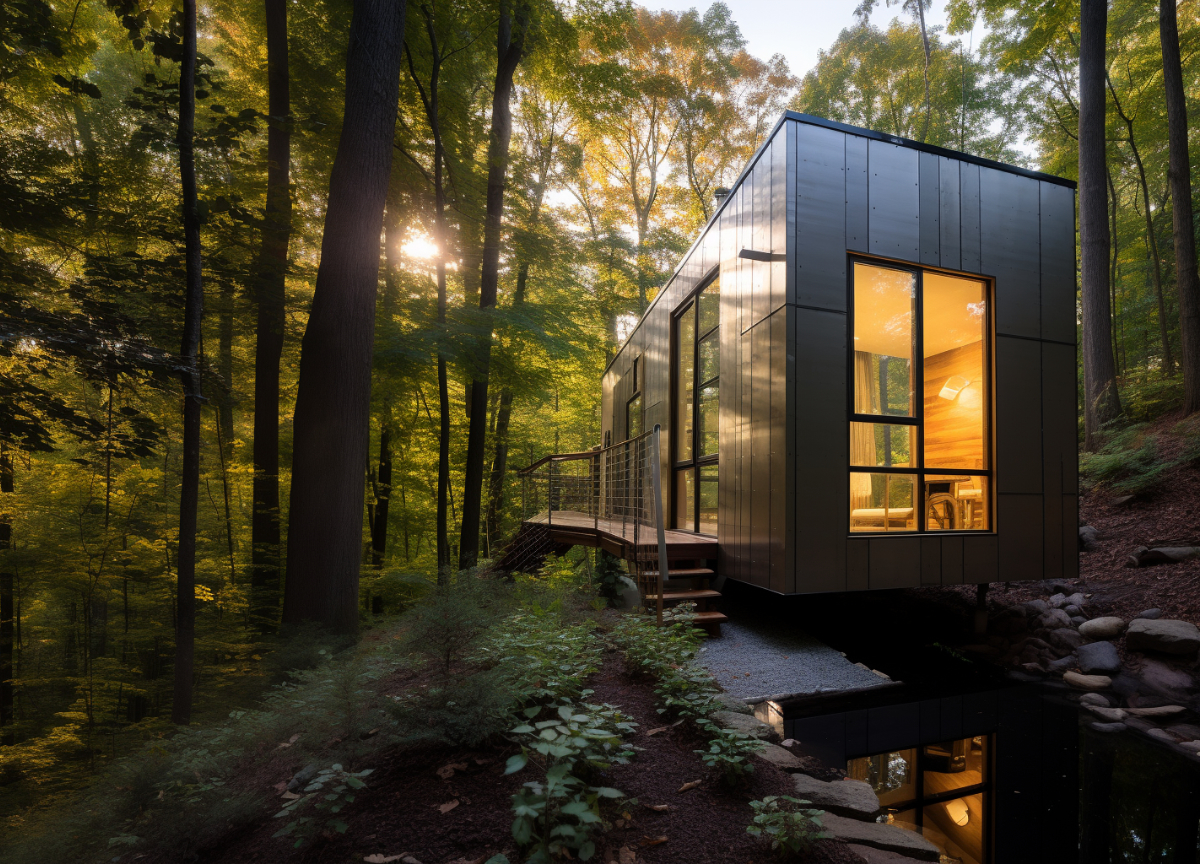5 key facts about this project
## Project Overview
The project is situated in [Insert Geographical Location], designed by [Insert Architect/Design Firm Name]. Completed in [Insert Year], the structure spans an area of [Insert Square Footage or Area]. The design's intent revolves around [insert primary design theme, e.g., enhancing community engagement, promoting sustainability, or redefining urban interaction]. Strategic spatial arrangements have been established to encourage [describe intended functions or experiences, such as better social integration or environmental awareness].
### Spatial Configuration and User Interaction
The organization of spaces reflects a deliberate approach to layout, featuring [describe arrangement—such as open-plan spaces, designated zones for diverse activities, or connections between indoor and outdoor areas]. This configuration promotes fluid movement and facilitates engagement among users, enhancing both functionality and interaction. Areas are designed with the intention of supporting [elaborate on user experiences—such as gathering, learning, or relaxation].
### Materiality and Contextual Design
The material selection underscores the project’s identity while responding to its environmental context. Key materials employed include:
- **Concrete:** Providing structural integrity and durability, allowing for spacious interiors with thermal benefits.
- **Wood (specific type, e.g., Cedar):** Introducing warmth and a connection to nature, reinforcing biophilic design principles.
- **Glass:** Maximizing natural light and visual connectivity to the surroundings through expansive openings.
- **Steel:** Offering strength and adaptability, often used in structural frameworks.
- **Brick (types, e.g., Reclaimed Brick):** Enhancing local heritage and sustainability through its traditional aesthetic and environmental credentials.
- **Insulation (specific type):** Selected for energy efficiency, further aligning with eco-conscious design practices.
The aesthetic quality reflects [describe architectural style, e.g., modern, minimalist], characterized by [mention specific stylistic elements, such as distinctive rooflines or landscaping features]. The color scheme integrates [explain the chosen colors and their contextual relevance], harmonizing with the local environment.
### Sustainability Initiatives
The project prioritizes sustainability through various eco-friendly strategies, including [outline specific initiatives such as passive solar design, green roofs, rainwater harvesting systems, or recycled material usage]. These initiatives mitigate environmental impact and contribute to a sustainable architectural narrative that adheres to contemporary design standards.
### Community Engagement
The design emphasizes community connections by incorporating features such as [describe elements facilitating public interaction, accessibility, or communal activities]. Spaces are thoughtfully crafted to encourage social engagement, fostering a sense of belonging through designated areas for [insert community functions, e.g., markets or public gatherings]. This commitment to interaction reinforces the project’s role as a vital hub within the community.



























